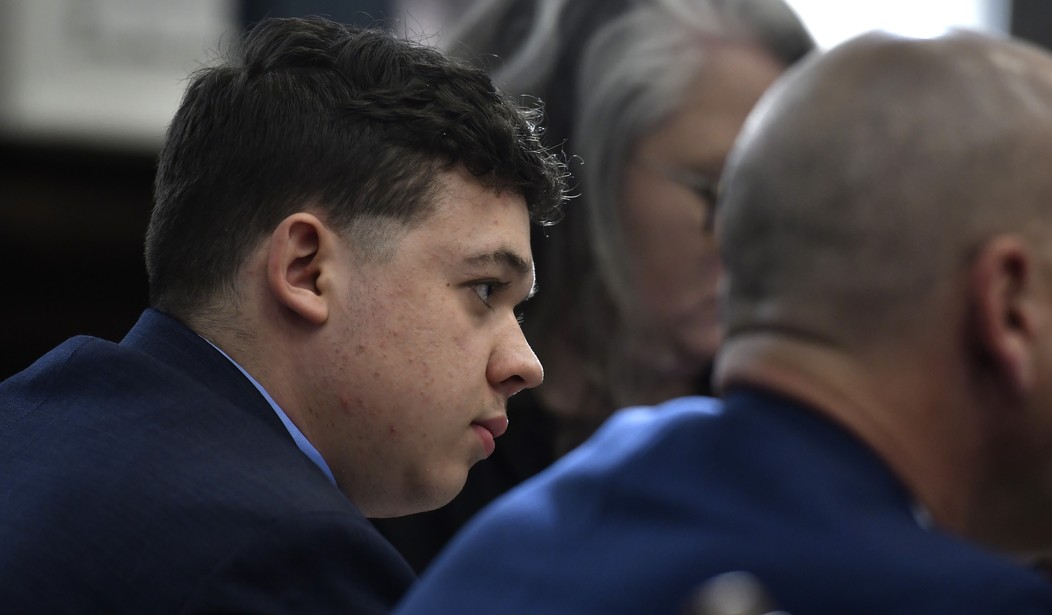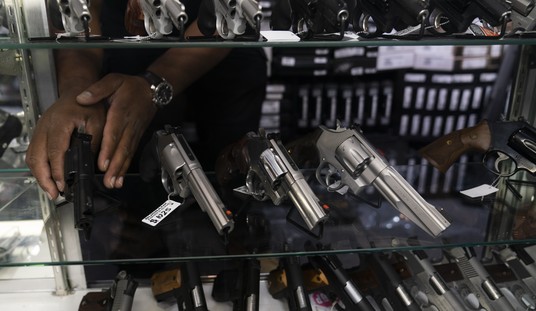Halfway through the seventh day of testimony, prosecutors in Kenosha, Wisconsin wrapped up their case against Kyle Rittenhouse on Tuesday with yet another witness that ended up bolstering Rittenhouse’s defense more than proving the state’s argument that the teen wasn’t justified in shooting three men during the riots that rocked the city last August.
Prosecutors had introduced drone video that they claim shows Rittenhouse was not only acting as the original aggressor in the moments before Joseph Rosenbaum was shot and killed, but that Rosenbaum was far enough away from Rittenhouse that he didn’t pose a threat to his life. Once again, though, it was a state’s witness that cast doubt on the prosecution’s theory.
The first man killed by Kyle Rittenhouse during a night of turbulent protests in Kenosha was shot at close range of just a few feet and had soot injuries that could indicate he had his hand over the barrel of Rittenhouse’s rifle, a forensic pathologist testified Tuesday.
But it was unclear from video footage whether Joseph Rosenbaum was grabbing for Rittenhouse’s gun or trying to swat it away, said Dr. Doug Kelley, the pathologist with the Milwaukee County medical examiner’s office.
His testimony came after the jury at Rittenhouse’s murder trial watched drone video that was zoomed-in and slowed down to show Rittenhouse wheeling around and shooting Rosenbaum at close range.
Kelley said Rosenbaum was shot four times by someone who was within 4 feet of him. He testified that Rosenbaum was first wounded in the groin and then in the hand and thigh as he faced Rittenhouse, and then was shot in the head and in the back.
Those final two shots were at a downward angle, as if Rosenbaum was horizontal to Rittenhouse, Kelley said. Prosecutors have said this indicates Rosenbaum was falling forward, while defense attorney Mark Richards said Rosenbaum was lunging.
Kelley said both were possible.
Kelley also said Rosenbaum’s hand was “in close proximity or in contact with the end of that rifle.”
Remember, prosecutors have to prove beyond a reasonable doubt that Rittenhouse wasn’t acting in self-defense when he shot and killed Rosenbaum. The testimony from the forensic pathologist didn’t do that, in my opinion. There’s too much uncertainty, even with the newly-introduced video, to demonstrate clearly that Rittenhouse was the aggressor. Indeed, the bulk of the evidence seems to show the opposite; it was Rittenhouse who was running away from Rosenbaum when he fired the fatal shots, and Rittenhouse was further acting in self-defense when she shot and killed Anthony Huber a few seconds later after Huber attacked him by slamming a skateboard on his head. Gaige Grosskreutz, who ran up to Rittenhouse with his gun in hand, testified on Monday that Rittenhouse didn’t shoot him until he had lowered his hands and pointed his own gun at the teen, though he claimed he did so unintentionally.
The forensic pathologist’s testimony wasn’t as shockingly bad to the prosecution’s case as Grosskreutz’s, but I still don’t think it was of much help in proving that Rittenhouse wasn’t acting in self-defense. And now that it’s the defense’s turn to put on their own witnesses, the state’s job just got even harder.









Join the conversation as a VIP Member